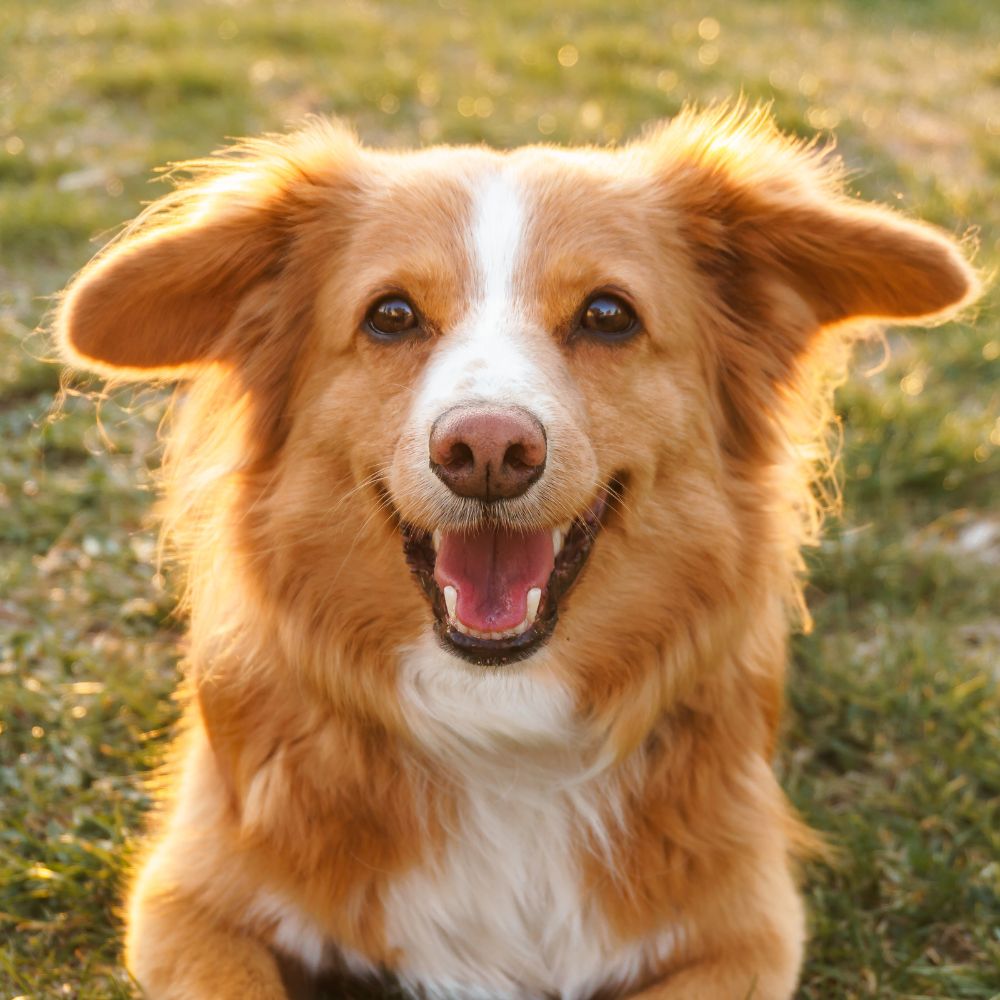Surgical Information Form
Save time during your next appointment. Complete your surgical information form online from any device at any time before your visit.

Surgical Information Form
Please fill out this form as completely and accurately as possible so we can get to know you and your pets before your visit.

